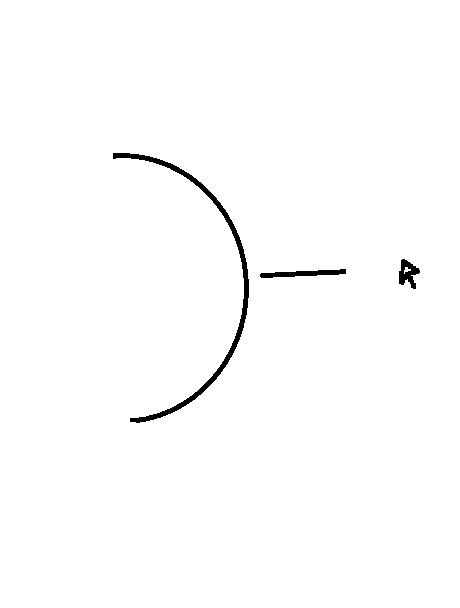Установка положения дуги в Java с помощью мыши
Я пишу 2D-программу. На моем paintComponent Я создал дугу.
public class Board extends Panel{
protected void paintComponent(Graphics g){
super.paintComponent(g);
Graphics2D graphics2d = (Graphics2D)g;
int x = MouseInfo.getPointerInfo().getLocation().x;//set mouses current position
int y = MouseInfo.getPointerInfo().getLocation().y;
graphics2d.setStroke(wideStroke);
graphics2d.draw(new Arc2D.Double(200, 200, 100, 100, ?, 180, Arc2D.OPEN));
}
}
В основном я использую Thread обновить график. Положение ? это начальный угол. Каждый раз, когда я меняю это, дуга будет двигаться по кругу, как половина колеса автомобиля. Можно ли заставить движение дуги следовать за мышью? например ? = 270

Как я это сделаю? (Извините за мои плохие навыки рисования!)
1 ответ
Так что на основе информации из Java 2d вращения в направлении точки мыши
Нам нужны две вещи. Нам нужна точка привязки (которая будет центральной точкой дуги) и целевая точка, которая будет точкой мыши.
Используя MouseMotionListenerможно отслеживать движения мыши внутри компонента
// Reference to the last known position of the mouse...
private Point mousePoint;
//....
addMouseMotionListener(new MouseAdapter() {
@Override
public void mouseMoved(MouseEvent e) {
mousePoint = e.getPoint();
repaint();
}
});
Далее нам нужно вычислить угол между этими двумя точками...
if (mousePoint != null) {
// This represents the anchor point, in this case,
// the centre of the component...
int x = width / 2;
int y = height / 2;
// This is the difference between the anchor point
// and the mouse. Its important that this is done
// within the local coordinate space of the component,
// this means either the MouseMotionListener needs to
// be registered to the component itself (preferably)
// or the mouse coordinates need to be converted into
// local coordinate space
int deltaX = mousePoint.x - x;
int deltaY = mousePoint.y - y;
// Calculate the angle...
// This is our "0" or start angle..
rotation = -Math.atan2(deltaX, deltaY);
rotation = Math.toDegrees(rotation) + 180;
}
Отсюда вам нужно будет вычесть 90 градусов, что даст начальный угол вашей дуги, а затем использовать экстент 180 градусов.